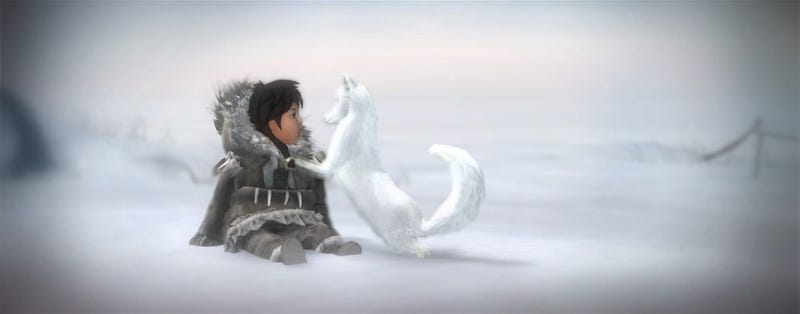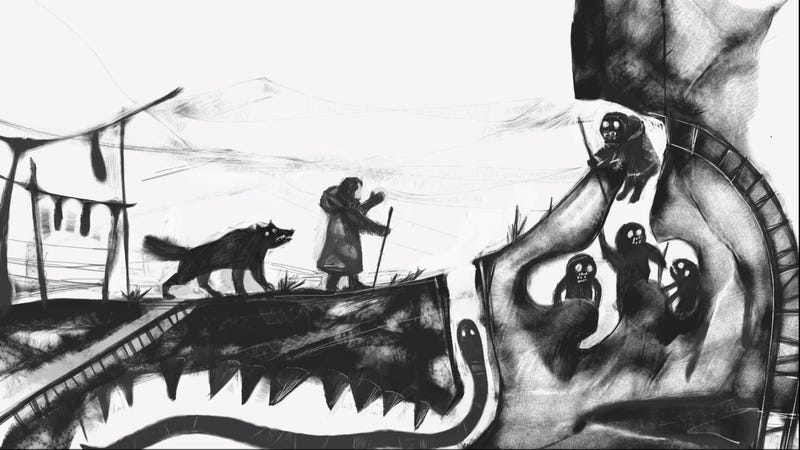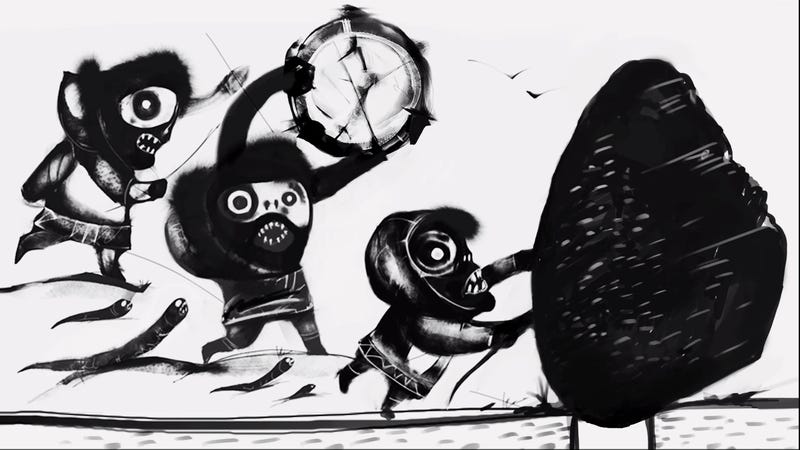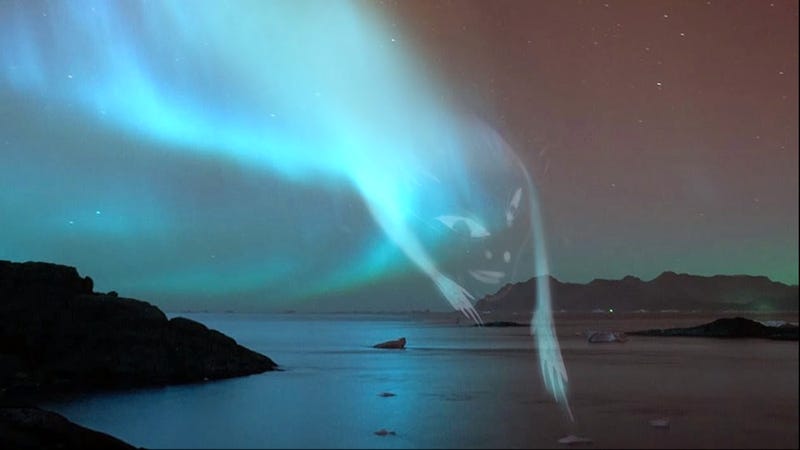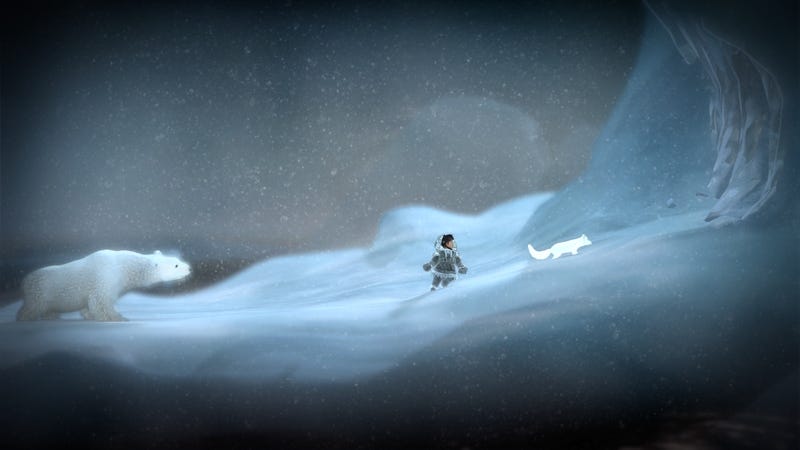World Tour: Never Alone (Kisima Inŋitchuŋa) and the land of the Iñupiat
Let's try to travel with a joypad in hand. #alaska #worldtour #videogame
Welcome back to Artcade, the cheapest travel agency there is. Today we are inaugurating a column called “World Tour”. It was actually supposed to be called “Around the World in Eighty Video Games” but it was too long for a newsletter. Sooner or later I will write a book with that title, in fact, if you are a publisher and you are interested, give me a shout (who knows who reads Artcade).
As you’ve probably guessed, “World Tour” will showcase places and cultures through video games. We don't always have the chance to visit distant countries, and even more rarely do we have the time to get to know the cultures that inhabit them. Virtual tours, TikTok travel videos and StreetView walks are already a thing, so why not use video games too? I think Chatwin would approve (he can't contradict me anyway). Pack your bags and enjoy the read!

Let's correct Let's clarify the first statement of this column: Alaska is a big country and the Iñupiat live in some areas of the north of the state. So, while it’s true that we’ll be talking about Alaska, we’ll focus on the northernmost part related to the Iñupiat, a population whose story is told in Never Alone through the journey of Nuna and her arctic fox.
The developers describe Never Alone as the first game they created that “draws fully upon the richness of unique cultures to create complex and fascinating game worlds”. And indeed, there was no better game to start this column with: at its core, Never Alone it’s a platform game where you can control two characters. Nuna can use the bolas, a traditional Iñupiat weapon, and the fox has more agility and the power to connect with spirits.
The game is steeped in Iñupiat culture. For example, the illustrations follow the typical style of local art, as you can see below:
Iñupiat culture is not just an inspiration. By reaching certain points in the game, you’ll unlock short videos that describe unique aspects of their history or way of life. You’ll learn a lot about the relationship between the Iñupiat and nature: from their respect for the animals that provide their sustenance, to the effects of rising temperatures—a very real issue for those accustomed to living on ice-covered lands.
The folklore and myths of a community arise from the environment that surrounds it. The story of Never Alone is inspired by one of the tales Robert Nasruk Cleveland heard in his youth and later collected in the book Unipchaanich imagluktugmiut, which fortunately also has an English title: Stories of the Black River People. The tale is about a boy who sets out to discover the source of a storm that shows no signs of fading. You can also read it in full on the game’s blog. Here’s part one and part two.
If you’re curious to discover the legend that explains what the Northern Lights mean to an Iñupiat and why you can whistle, but not too much, at those marvelous lights in the sky; if you want to know how a whole month of darkness is told and experienced and the life of people so distant from everything else fascinates you, Never Alone is a journey you can’t miss.
Upper One Games (2014) Never Alone (Kisima Inŋitchuŋa) [Video game] [Puzzle-platform] [3 Hours] (Xbox Series X) [Windows, Linux, PlayStation 3/4/5, Xbox One/Series S, Wii U, Nintendo Switch, iOs, Android] E-Line Media
My last two coins
Seeing what life is like in Alaska makes me think that the scorching summer heat hasn't quite left me yet, and I'm glad I started the “World Tour” series. I've been thinking about it for a while and maybe it won't be the only new column, another one will start right before the end of the year, I think. Comments are the best way to let me know what you think of this episode, good or bad, but if you want to write insults maybe better to send me an email so they stay private! It goes without saying that if you really enjoyed this, you can support Artcade with the link you just passed while reading. It says “you can support Artcade”. Go back a few words, it’s right there. Until the next episode, ciao!


